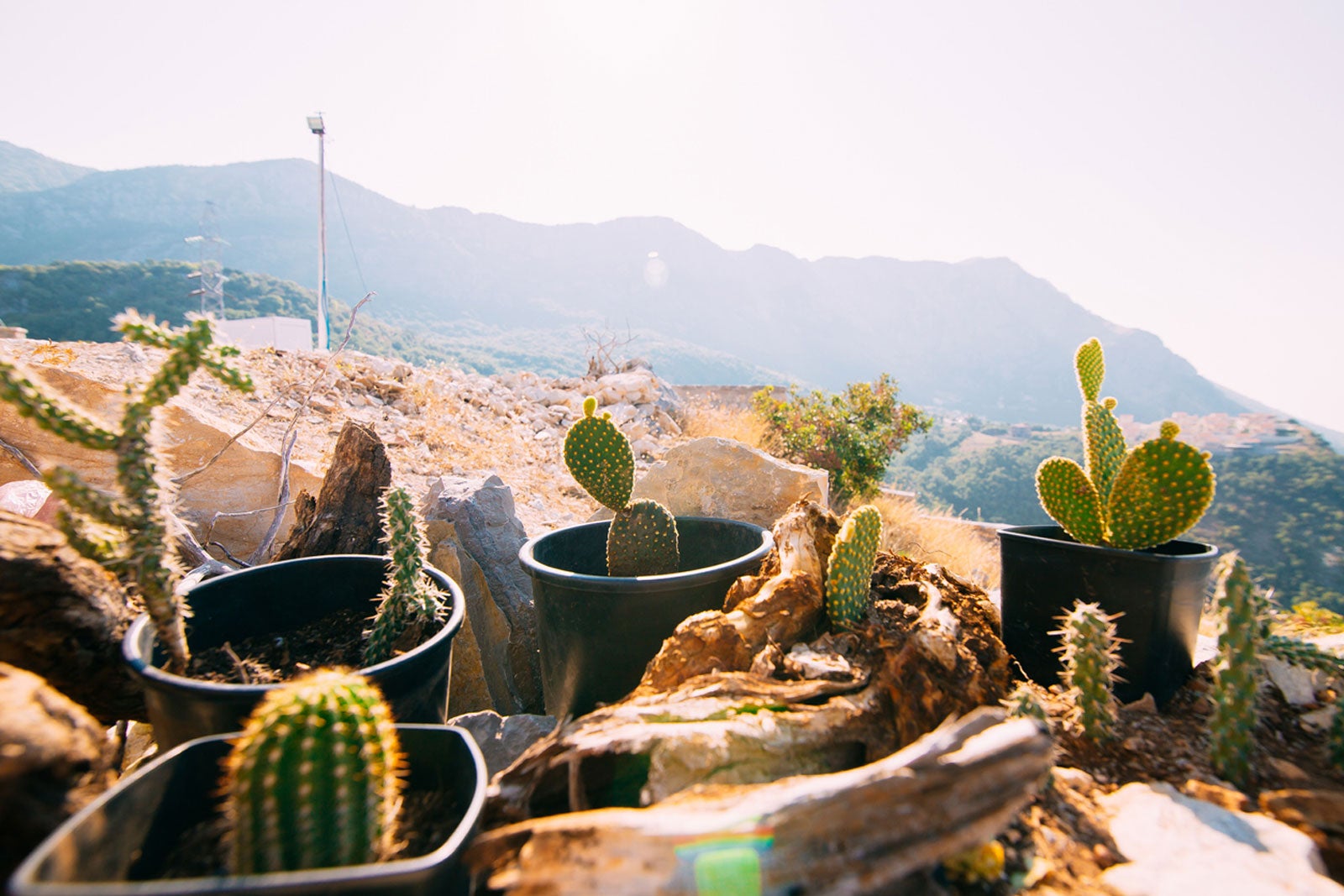What Are Climate Zones – Gardening In Different Climate Types


Most gardeners are familiar with temperature-based hardiness zones. These are set out in the United States Department of Agriculture plant hardiness map that divides the country into zones based on the average lowest winter temperatures. But cold temperatures are not the only factor relevant to how well plants grow.
You will also want to learn about different climate types and climate zones. What are climate zones? Read on for information about gardening with climate zones.
What are Climate Zones?
Plant hardiness zone maps were developed to help gardeners figure out in advance which plants could survive outdoors in their region. Many plants sold in nurseries are labeled with a hardiness range so that gardeners can find appropriately hardy selections for their garden.
While hardiness to cold weather is one factor that impacts a plant’s health in your garden, it isn’t the only factor. You also have to consider summer temperatures, length of growing seasons, rainfall, and humidity.
Climate zones have been developed to include all these factors. Those gardening with climate zones take these gardening climates into account when selecting plants for their backyard. Plants usually do best in regions with climates similar to their native areas.
Understanding Climate Zones
Before you begin gardening with climate zones, you need to understand different climate types. Your climate zone will also impact the plants you can grow. There are five main types of climates, with climate zones ranging from tropical to polar.
- Tropical climates – These are hot and humid, with high average temperatures and lots of precipitation.
- Dry climate zones – These zones are hot but dry, with very low precipitation.
- Temperate zones – Temperate zones have warm, wet summers with rainy, mild winters.
- Continental zones – Continental zones have summers that are warm or cool and cold winters with snowstorms.
- Polar zones – These climate zones are extremely cold in winter and quite cool in summer.
Once you start understanding climate zones, you can use them for gardening. Gardening with climate zones in mind simply means that gardeners only introduce plants that match their specific gardening climates.
Gardening tips, videos, info and more delivered right to your inbox!
Sign up for the Gardening Know How newsletter today and receive a free copy of our e-book "How to Grow Delicious Tomatoes".
First, you want to identify your own climate and climate zone. Several different climate zone maps are available to help you with this.
Gardeners in the western United States, for example, can use the 24-zone climate system created by Sunset Magazine. The Sunset zone maps take into account both average winter lows and average summer highs. They also factor in growing seasons, humidity, and rainfall patterns.
The University of Arizona Cooperative Extension put together a similar plant climate zone system. The zone map is similar to the Sunset map, but it uses different numbers. Your local extension office should be able to help you locate suitable climate zone maps for your area.

Teo Spengler is a master gardener and a docent at the San Francisco Botanical Garden, where she hosts public tours. She has studied horticulture and written about nature, trees, plants, and gardening for more than two decades. Her extended family includes some 30 houseplants and hundreds of outdoor plants, including 250 trees, which are her main passion. Spengler currently splits her life between San Francisco and the French Basque Country, though she was raised in Alaska, giving her experience of gardening in a range of climates.
-
 Looking For Plants To Give You The Soft And Fuzzies? Try These 5 Fuzzy Leaf Plant Options
Looking For Plants To Give You The Soft And Fuzzies? Try These 5 Fuzzy Leaf Plant OptionsLovers of texture, drama, silver foliage and tactile plants will adore these special sensory garden additions. These fuzzy leaf plant options will leave you all aglow
By Susan Albert
-
 Get Ready For A Summer Of Hummers! Grow These Full Sun Hummingbird Plants and Flowers
Get Ready For A Summer Of Hummers! Grow These Full Sun Hummingbird Plants and FlowersIf you’re lucky enough to enjoy a sunny backyard, make sure you are maxing out on your pollinator opportunities and grow these full sun hummingbird plants and flowers
By Tonya Barnett